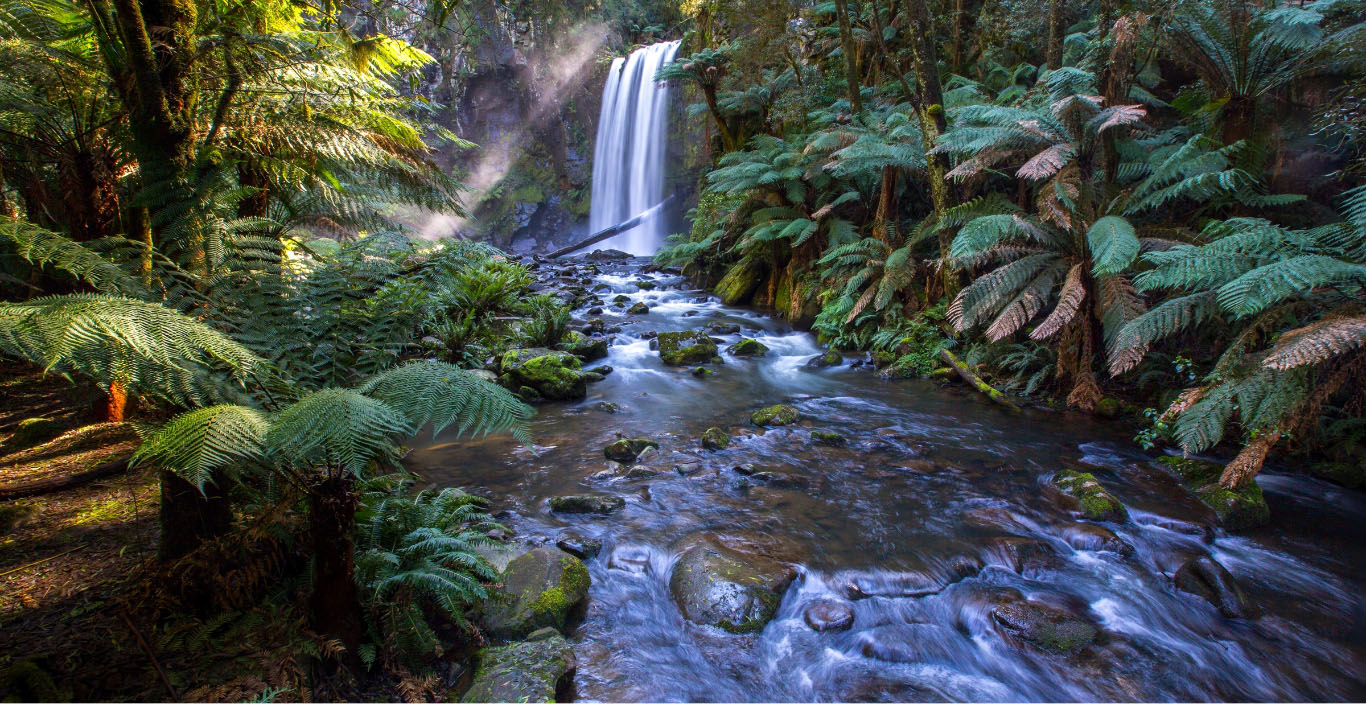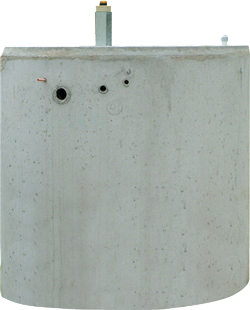Septic System FAQs
Do I need council approval for a septic tank?
Yes, you generally need council approval to install a septic tank in Australia. Local councils regulate septic system installations to ensure they meet environmental and health standards. Approval processes typically involve submitting plans, ensuring compliance with local regulations, and possibly an inspection. It’s important to check with your local council for specific requirements and guidelines.
Does Australia have septic tanks?
Yes, Australia does have septic tanks. They are commonly used in rural and suburban areas with limited access to municipal sewage systems. Councils in Australia maintain records of sewerage systems maps, including septic tanks and deep sewerage systems. It can help you determine if you have a septic tank on your property, its exact location, and the positions of any connecting systems or pipes.
Is vinegar safe for septic systems?
Yes, vinegar is safe for septic systems. It’s a natural cleaning solution that doesn’t harm the bacteria essential for breaking down solids in the septic tank. However, we recommend using it in moderation.
Why test soil before installing a septic system?
Soil testing is crucial to ensure the ground has suitable absorption and filtration properties to effectively handle the effluent from your septic system.
Why do septic systems fail?
Septic systems can fail due to poor maintenance, improper installation, excessive water use, or clogging by inappropriate materials flushed down drains. Regular inspections and careful use are vital to prevent failures.
Why is it important to pump my septic tank out regularly?
Regular pumping prevents solids accumulation, which can cause blockages and lead to system failure.
What should you avoid with a septic system?
Avoid flushing non-biodegradable items, chemicals, and excessive fats, oils, or grease, as these can clog and damage the septic system. Also, heavy-duty cleaners should be limited, as they can disrupt the bacterial balance.
Are washing machines bad for septic systems?
Washing machines are not inherently bad for septic systems. However, frequent use and large volumes of detergent can strain the system. It is advisable to use septic-safe detergents in moderate amounts.
Which is better, a conventional or aerobic septic system?
The choice depends on your property’s conditions. Aerobic systems offer more efficient treatment but may require more maintenance.
What is the difference between Type 1 and Type 2 septic systems?
Type 1 systems separate solids and rely on soil treatment. Type 2 systems provide additional treatment, making them suitable for sensitive environmental areas.
How much does a septic system cost?
The cost of septic systems varies widely:
- Initial Costs: Installation costs can range from a few thousand dollars for basic models to much higher for advanced systems or challenging installation conditions.
- Maintenance Costs: Consider the ongoing maintenance costs, including regular pumping and repairs, essential for long-term efficiency and effectiveness.
Where are Taylex's septic tank system available in Australia?
Taylex’s Septic Tank System is available across Australia. These include major cities like Sydney, Melbourne, Brisbane, Perth, Adelaide and Darwin and regional hubs such as Geelong, Toowoomba, Albury-Wodonga, and Cairns. They also cover coastal areas like the Gold Coast, Sunshine Coast, Hervey Bay, and Newcastle, alongside inland cities like Bendigo and Shepparton. Other notable areas include the wine regions of Margaret River, the cultural centres of Hobart and Canberra, and growth areas like Beaudesert, Bundaberg, Gympie, and Mt. Barker. Additionally, Taylex’s reach extends to tourist destinations and regional centres like the Gippsland, Geraldton, Central Coast, Hunter Valley, and Wollongong.

